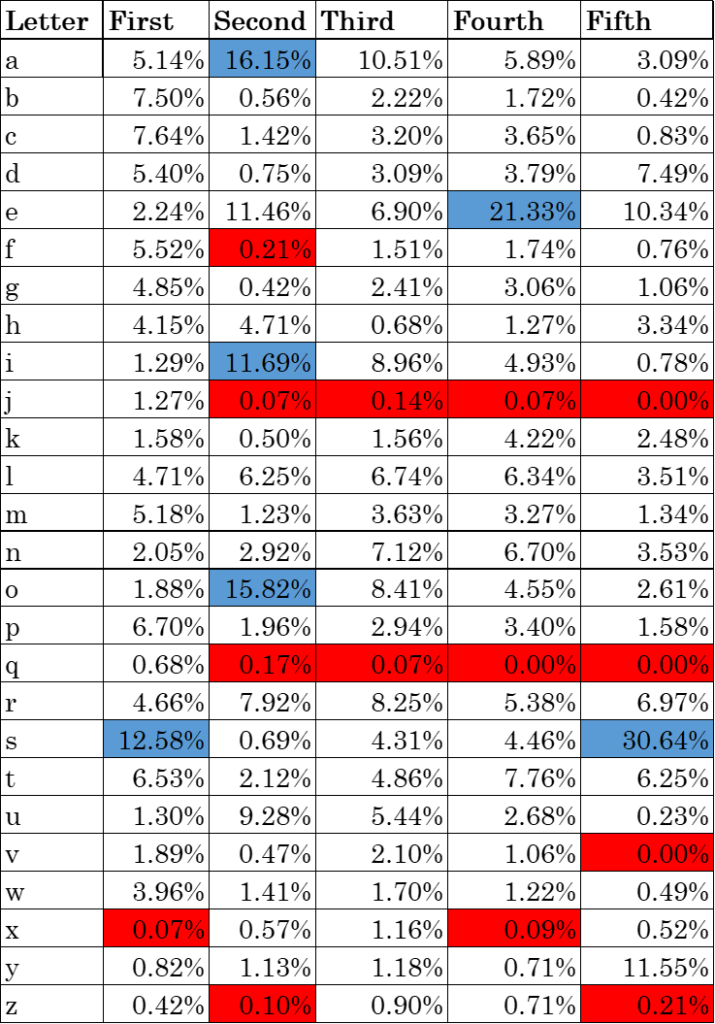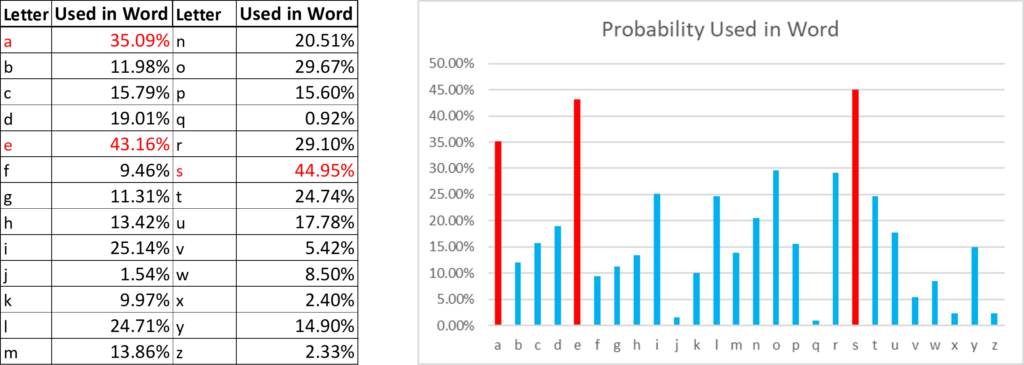If you would like your announcement to be included in Amalgam Insights’ weekly data and analytics roundups, please email lynne@amalgaminsights.com.
Funding and Financials
Snowflake Reports Q4 and 2022 Fiscal Year Financial Results
Snowflake announced their full-year and Q4 financial results this week. Product revenue was nearly $360M in Q4, representing 102% year-over-year growth, while for the full year, product revenue was over $1.1B at 106% growth YOY. Despite more than doubling revenues, Snowflake’s stock plunged nearly 15% following this announcement because this level of revenue growth failed to meet market expectations.
Amalgam’s Insight: Snowflake’s expectations for growth are so high that it can grow at nearly unprecedented rates and still “lose value” from a stock perspective. In considering Snowflake’s financial viability in the solution selection process, look at Snowflake’s raw financials metrics, which bascially show that the company is doubling year over year at a 65% gross margin, rather than the fluctuations of its stock price.
Product Launches and Enhancements
Alteryx Announces Alteryx Analytics Cloud
On March 1, Alteryx debuted the Alteryx Analytics Cloud, unifying Alteryx Designer Cloud and Alteryx Machine Learning with its recent acquisitions of Trifacta Data Engineering and Hyper Anna, now called Alteryx Auto Insights. Alteryx users will now have access to the full Analytics Cloud suite via a web browser in addition to the existing Desktop and on-prem solutions.
Amalgam’s Insight: The Analytics Cloud provides a comprehensive packaging option for potential Alteryx customers to purchase all of Alteryx’s major capabilities. This suite also provides companies with a toolkit to support both data analysts and data scientists across the cleansing, modeling, automation, and insight-related activities associated with machine learning as Alteryx continues to expand its role in the enterprise data, analytics, and machine learning world.
Dremio Debuts Dremio Cloud on AWS, Along With Additional Services
Dremio released Dremio Cloud, a free data lakehouse platform, this week on AWS, along with two new services: Dremio Sonar and Dremio Arctic. Dremio Sonar allows companies to run BI directly on lakehouse data without needing to export it anywhere, while Dremio Arctic, a metadata and data management service for Apache Iceberg, allows users to “version” data workflows the way software developers version source code. Dremio Cloud and Dremio Sonar are both generally available now, while Dremio Arctic is in public preview.
Amalgam’s Insight: Dremio is making good on its recent $160 million round of funding with new product capabilities at a time when the concept of the lakehouse, an analytic layer designed to support semi-structured data, is becoming mandatory in enterprise environments. Given the vast amounts of money being spent in the innovation and go-to-market strategies in this market, Amalgam Insights believes it is a market trend for lakehouse vendors to compete on freemium, managed services, and governance options that make the lakehouse cheaper, easier, and safer to deploy.
Informatica Introduces Intelligent Multi-Domain Master Data Management
On March 2, Informatica announced that they have added Intelligent Multi-Domain Master Data Management capabilities to their Intelligent Data Management Cloud, allowing customers to view and manage master data across multiple domains in a relational manner.
Amalgam’s Insights: Informatica continues to build on its market leadership in Master Data Management at a time when hybrid and multi-cloud management as well as regionalized data governance statutes make it increasingly difficult to rationalize master data at a multinational enterprise level.
Stardog Reveals Stardog Designer in Latest Version
Stardog released version 7.9.0 of its platform, and revealed Stardog Designer, a no-code knowledge graph creation application within the platform. Stardog users will be able to create semantic data models using a visual interface, then easily export those models to flat files or to other apps within Stardog.
Amalgam’s Insight: Graph data provides one of the highest ROI use cases for enterprise analytics, but one of the biggest challenges to adoption has been the lack of internal skills associated with creating, managing, and analyzing the nodes and vertices that make up an enterprise graph. Stardog’s release provides companies with an opportunity to both build relevant graph models and to export the context and shape of these models to other applications as necessary.
Acquisitions and Partnerships
Datametica Forms Strategic Partnership with Databricks
Datametica, a data migration company, has partnered with Databricks. Datametica customers will now be able to use the Databricks Lakehouse Platform to modernize their data warehouses and migrate them to the cloud. For Databricks, this provides yet another route for customers with on-prem data warehouses to more easily migrate said data sources to the cloud.
Amalgam’s Insight: Datametica’s experience has traditionally been in migrating data warehouses to Google BigQuery and Microsoft Azure. This partnership makes it easier to migrate more data into Databricks at a time when the lakehouse approach to enterprise data continues to gain popularity. Databricks already has over $800 million in annual recurring revenue and raised a $1.6 billion H round in August of 2021
KX Enters Strategic Partnership Agreement with Microsoft Azure
FD Technologies has partnered with Microsoft to extend the reach of FD Technologies’ KX Insights streaming data analytics platform. KX Insights will be embedded into Microsoft Azure, and KX and Microsoft will work together to develop new applications and services for the financial services sector.
Amalgam’s Insight: The financial services sector is a target for all of the major cloud vendors, as this sector is highly dependent on technological performance to gain advantages. This partnership shows yet another example of a third-party solution running on Azure that competes against an Azure product (Azure Stream Analytics) with the understanding that the most important goal is to win in the sector rather than to maximize short-term deal size.
On March 2, Snowflake announced its intent to acquire Streamlit, an open-source data application creation platform. Streamlit users can already build data apps without needing front-end development expertise; with the Snowflake acquisition, access to trusted data will be easier. Snowflake users will in turn have access to a user-friendly app development platform.
Amalgam’s Insight: Snowflake has sold a vision to the public markets of being a one-stop shop for all things data and analytics. This $800 million investment in Streamlit provides Snowflake with a scalable rapid development platform to expose more Snowflake data to more users. Usability is a core competitive aspect of data, which includes visualization, natural language queries, machine learning, contextualized apps, and embedded analytics. This investment cost approximately 1% of Snowflake’s market capitalization, making it relatively easy to justify.







